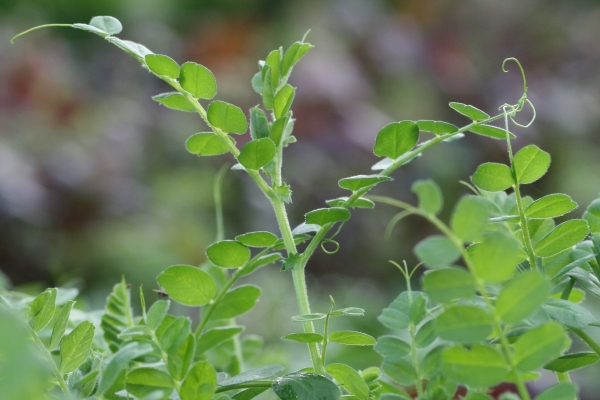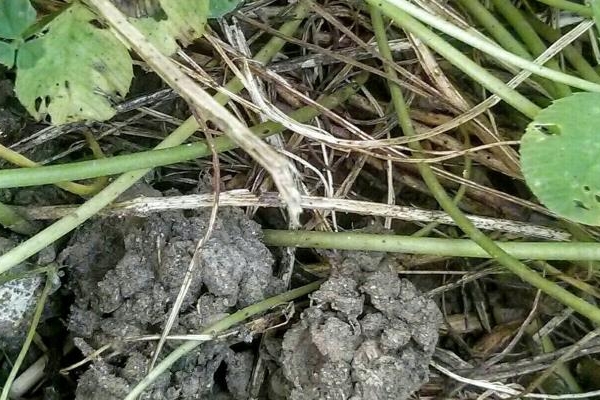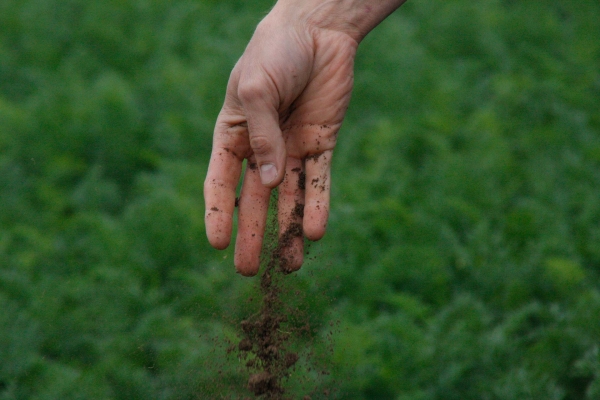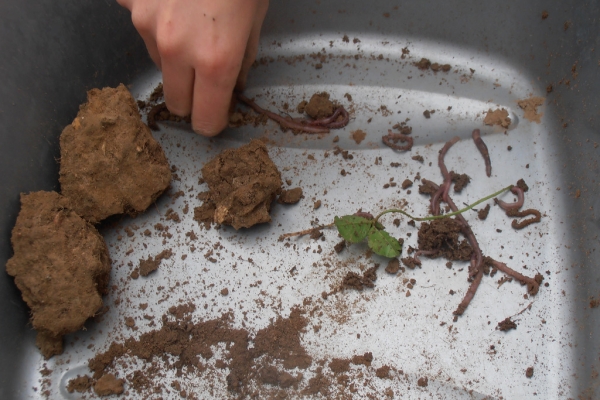Garden Organic’s Soil Information Pack
Resource explained
This soil pack has been compiled to help you understand why your soil is so critical to successful growing, and how to manage and improve it the organic way.
It is aimed at small scale growers but contains useful practical information that covers the important basics, giving it a broader relevance.
It includes access to separate pdfs on: soil health, know your soil (texture, structure and pH), managing your soil (cultivation, soil improvers, liming), function of plant nutrients (nitrogen, phosphorous, potassium, other nutrients), soil improvers application rates (ways of applying various soil improvers and when), testing soil and improving fertility (testing for soil texture, checking organic matter, compaction and drainage, applying organic matter, testing soil pH), surveying the soil at a new growing site (includes weeds, soil surface, soil hardness, soil horizons, soil testing), composting (a step-by-step guide), and ‘Sort Out Your Soils: A Practical Guide to Green Manures.’
Findings & recommendations
- The health of soils can be determined by the interactions that occur between the physical, chemical and biological components of the soil.
- ‘Testing soil and improving fertility’ contains information to help you understand the soil you are dealing with and then have a basis from which you can build fertility; it includes guidance on conducting a simple texture test and accurately assessing your soil type, assessing your soil for the presence of earthworms and therefore level of organic matter content, checks you can carry out to assess levels of compaction and drainage, and brief information on different kinds of organic matter that can be used to improve your soil fertility. There is also a section on ways to obtain an accurate assessment of the soil acidity or alkalinity.
- ‘Soil improvers application rates’ contains a useful table indicating how and when to apply different improvers and their capacity to affect soil structure.
- ‘The function of plant nutrients’ explains what the key nutrients do, how to supply them, and how to recognise deficiencies in plants.
- ‘Composting’ answers all the basic questions you may have about creating a compost heap and includes a useful step-by-step guide to creating both cool and hot heaps.







